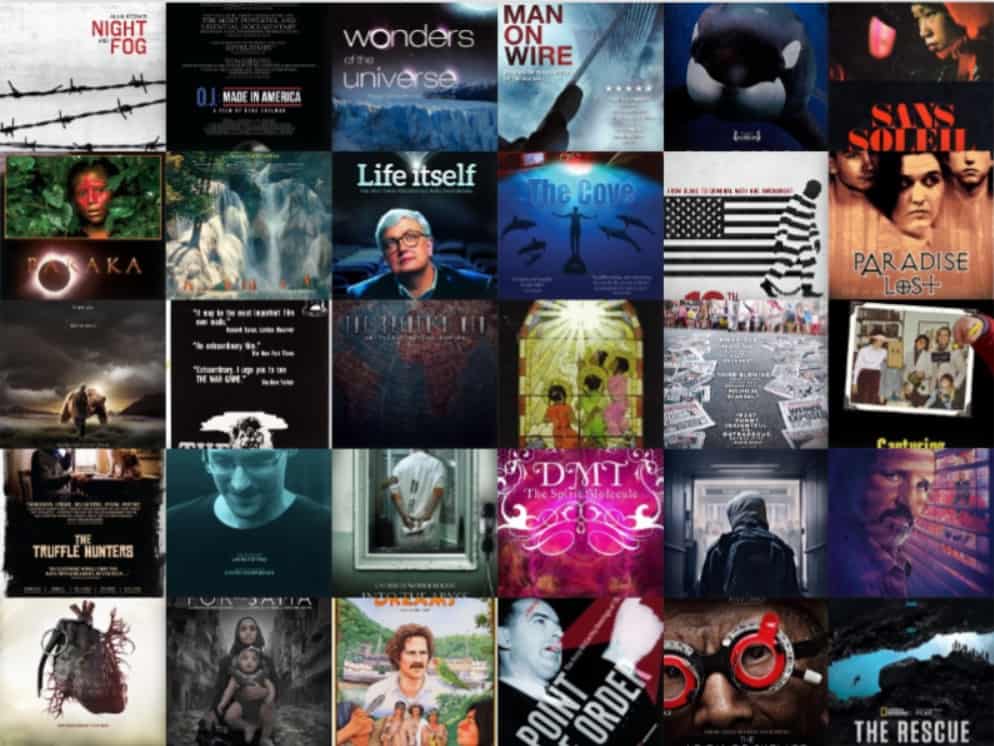In the history of Europe, the Middle Ages or Medieval Period lasted from the 5th to the 15th century. It began with the fall of the Western Roman Empire, and merged into the Renaissance Period. The Medieval period ended with the Age of Discovery.
Rural life was governed by a system scholars call feudalism. In the feudal society, the King granted large pieces of land called fiefs to noblemen and bishops. By 1300, there were 15 cities in Europe with population with more than 50,000.
These cities gave birth to the new era, the Renaissance. During the Middle Ages, some of the counties that emerged and became independent include England, Scotland, France, Hungary, Spain, Portugal, Poland, Norway, Denmark, and more.
Some scholars also call the period the Dark Ages because of a supposed lack of scientific and cultural advancements.



